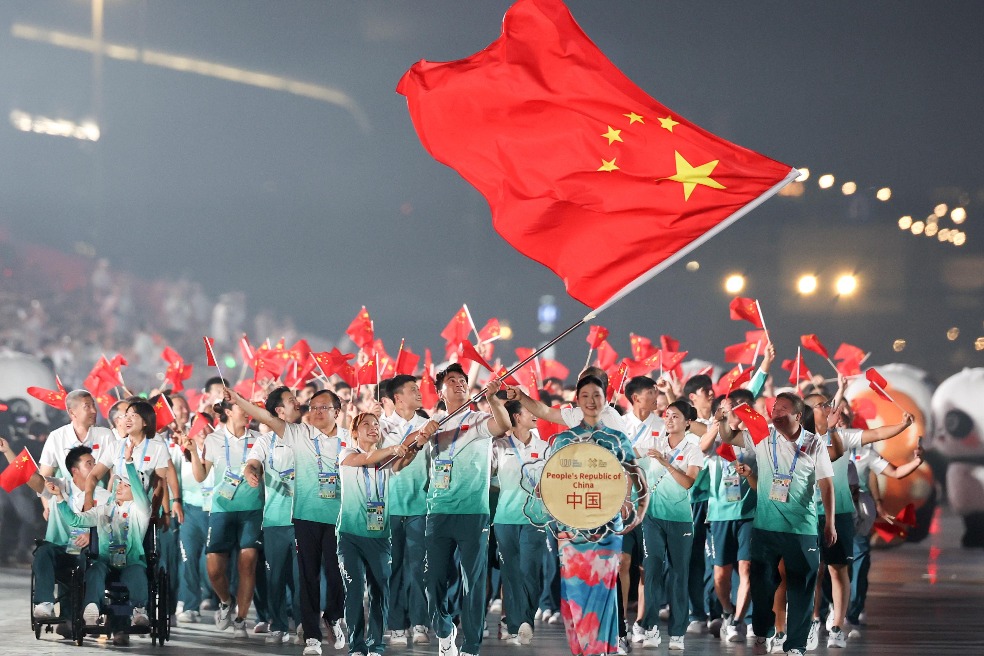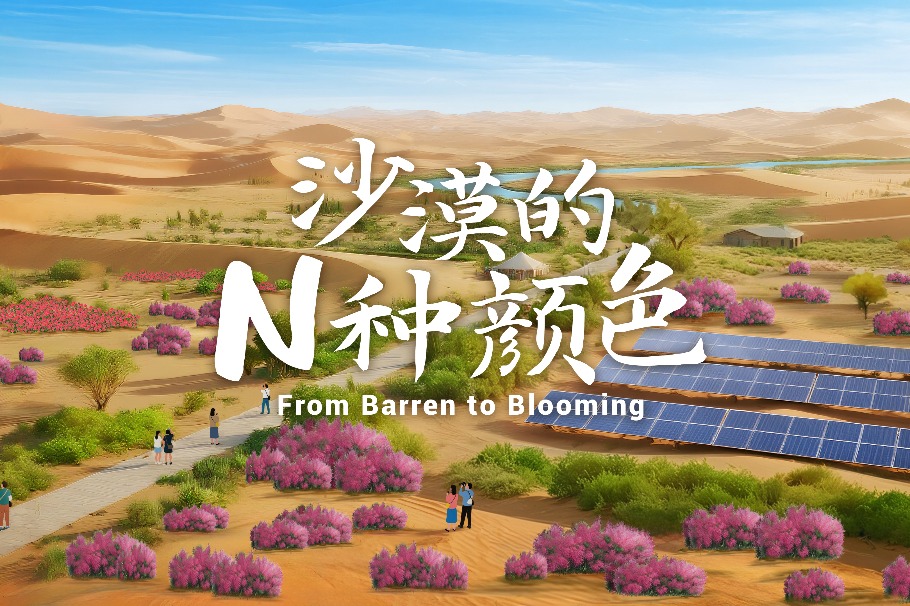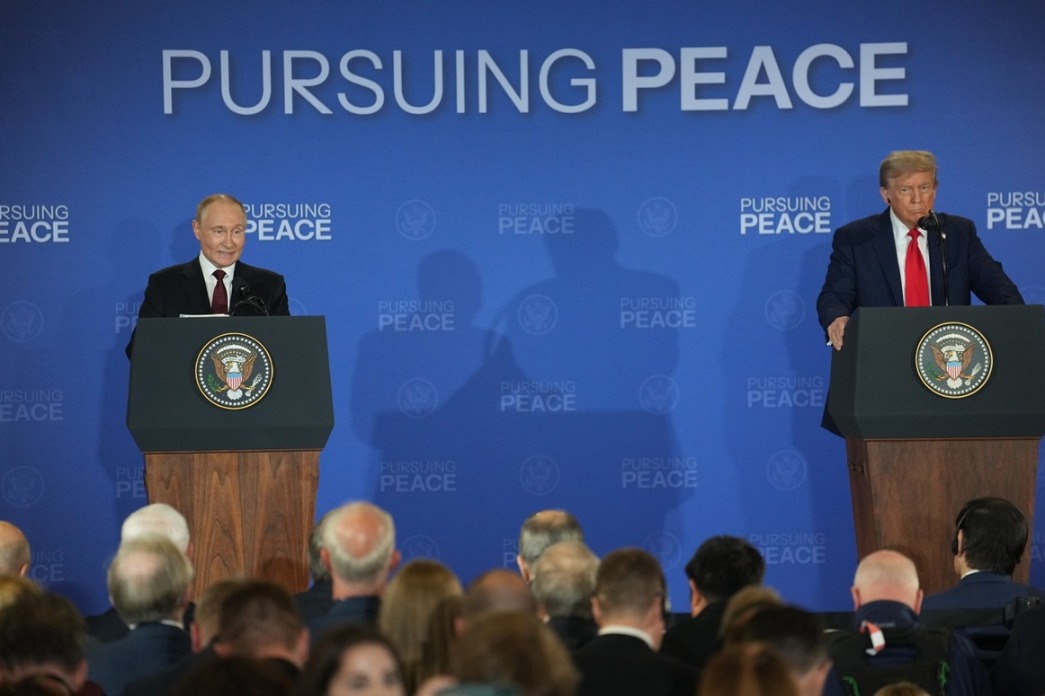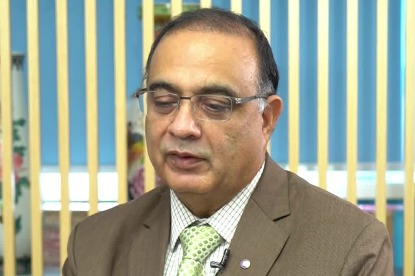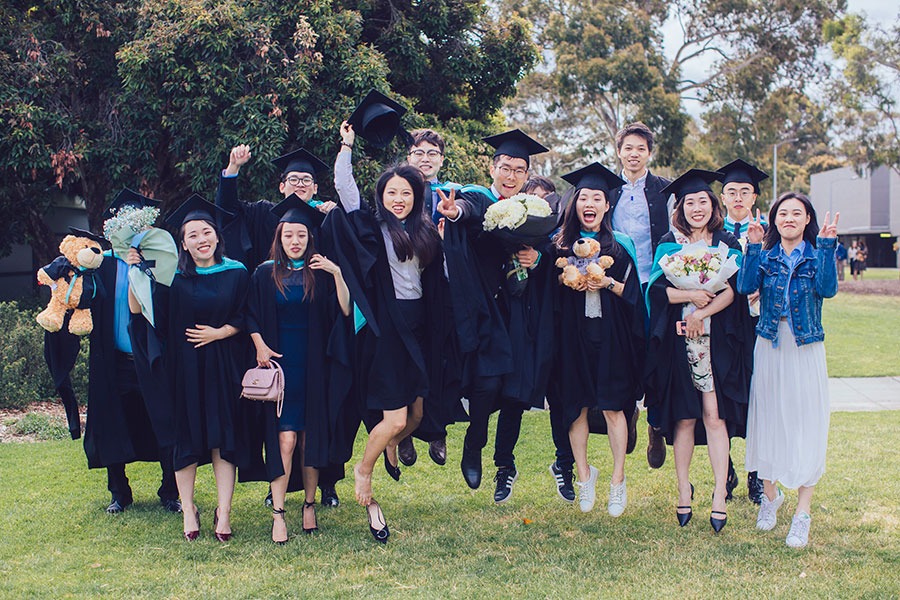Optimism returns for China's economy


Despite the COVID-19 pandemic dealing a severe blow to the global economy in 2020, vaccine developments have fueled optimism about global growth. And although major uncertainties remain about the speed of global vaccine rollout, we (at Oxford Economics) anticipate a sustained relaxation of social distancing in 2021, and thus a rebound of economic activity worldwide.
In some advanced economies, this should occur around March-April, while in many others, especially emerging markets, it will happen later. But even the vaccine "laggards" will benefit from spillover effects from the pick-up in other economies.
China has already recovered from the pandemic-induced plunge in the first quarter of 2020, and therefore it will enter 2021 on a strong footing.
Sino-US relations likely to improve somewhat
As for the all-important Sino-US relationship, the incoming Joe Biden administration is likely to pursue a more pragmatic and steady China policy. Which would be a positive considering the aggressive and unpredictable policy of the current US administration, which has weighed on investment and economic activity. Also, more dialogue and cooperation on "global commons" such as climate change and public health should help to reduce bilateral tensions and risks.
But we don't think Biden, after being sworn in as US president, will materially ease the US' stance on economic and technological restrictions affecting China. So we don't expect the existing US tariffs and technology restrictions against China to be removed any time soon.
China's growth is likely to rotate in 2021, with momentum picking up in household consumption and corporate investment, while investment in infrastructure and, to a lesser extent, real estate, slows down. For much of 2020, growth in industry and investment has led the recovery, with consumption gaining more momentum toward the end of the year. Yet household consumption momentum may gain speed next year, driven by employment gains and the fading out of COVID-19 and economy-related anxiety, reflected in a further fall in the household savings rate after the rise in the first half of 2020.
With confidence, profitability and global economic prospects all improving and the new US administration likely to reduce geopolitical risks, we expect corporate investment, which we estimate makes up about one-half of total investment, to recover after being weak in much of 2020.
But infrastructure investment-more than a quarter of total investment-is likely to lose steam in the first half of 2021, because financing is contained amid a less generous macro-policy stance. And though there is likely to be substantial growth of "new infrastructure" in areas such as 5G, new energy and electric vehicle infrastructure and data centers, much of this will show up as corporate investment.
The less generous macro-policy stance should also affect real estate investment, which makes up the rest of investment. In addition, financial conditions for property developers will likely remain relatively tight and some large cities may further strengthen property policy.
And though China's export prospects are good, reflecting strong global recovery, the country's performance is set to be less impressive compared with 2020. Our forward-looking indicator for global trade and the new export order component of China's manufacturing purchasing managers index bodes well for the demand for exports. But many one-off pandemic-related purchases-which have boosted China's exports this year-won't recur in 2021. In addition, a global rotation is likely within consumption from goods to services as vaccine availability reduces the need for social distancing. These factors will weigh on China's export performance relative to global demand after the sharp market share gains in 2020.
Overall, imports should continue to expand substantially, but the shift in China's growth pattern will support some imports more than others. We expect capital goods exporters in countries such as Germany and Japan to benefit from the above rotation, with less room for commodity imports to expand strongly as the momentum of infrastructure and real estate investment eases.
Expect a tighter macro stance
With the economic recovery consolidating in the first half-year-on-year growth will be about 19 percent in the first quarter-and the 14th Five-Year Plan (2021-25) aiming for lower but higher-quality growth, China's macro-policy is likely to change from expansionary to contractionary.
On the fiscal side, the move to restrain infrastructure spending will be part of a more general fiscal tightening policy. While we forecast some targeted stimulus measures, we expect the overall government deficit to come down by about 2 percentage points of GDP.
And on the monetary side, policymakers are expected to focus on containing macro leverage after the steep rise in 2020. So while it is unlikely to see any significant increases in policy interest rates and the share of deposits that banks need to park with the People's Bank of China, we think policymakers will constrain overall credit growth to 10-11 percent-broadly in line with nominal GDP growth-and contain financial risks.
As such, financial regulations, including shadow-banking regulations, may be tightened somewhat. While the shift to less-generous financial conditions will affect growth, especially that of policy-sensitive infrastructure and real estate investment, the impact on corporate investment should be more than offset by improved profitability.
Moderate growth from one quarter to another
In this setting, we expect relatively moderate quarter-on-quarter GDP growth in 2021, with sequential growth stronger in the second half on better global growth and some adjustment of the policy stance.
China's balance of payment situation is likely to remain relatively solid. And based on the export and import trends discussed above, we expect the current account surplus to ease in 2021. But given its solid growth prospects, much higher interest rates than in developed countries and further opening up of its financial markets, China can expect strong flows of inward foreign direct investment and portfolios next year.
Besides, there is further scope for the yuan's appreciation. In 2020,China's central bank largely allowed pressure on exchange rate appreciation to run its course and broadly abstained from intervening. Barring drastic foreign exchange pressure, the authorities are expected to maintain that stance in 2021. So we forecast the US dollar-yuan exchange rate to reach 6.5 by the end of 2021 compared with 6.6 at the end of this year, though there could be significant exchange rate fluctuations over and above the underlying trend.
The guidelines for the 14th Five-Year Plan indicate that, while growth remains a key objective of China's leadership, the growth target will be set meaningfully lower than the 6.5 percent during the 13th Five-Year Plan (2016-20) period. Hence, we expect China to continue to make progress with productivity-enhancing reforms.
China is also expected to take measures to further open up its economy, especially its financial sector, despite the US-China trade war and the economic and technological restrictions imposed by the US on China.
Based on the substantial steps it has taken in 2020, China may lower import tariffs further and raise or remove foreign ownership caps and capital flow quotas.
Foreign firms want to keep operating in China
But China will likely hold on to its State-led development strategy, with the State continuing to guide economic development, including via industrial policy and a strong role for State-owned companies.
As a result, other countries will push for changes in economic policy toward a separation of the State and businesses, competitive neutrality and a level playing field for companies other than SOEs. And, as noted, the Biden administration makes a "common front"-especially among the United States, the European Union and, possibly, Japan-on this more likely.
There is enough interest, however, among governments and companies worldwide to continue to engage with China.
Our long-term outlook includes some "decoupling" and adjustment of supply chains-stoked further by COVID-19, but building on existing trends, motivated by cost cutting and diversification-but no drastic decoupling given that China's manufacturing remains fundamentally competitive in many sectors and its market is still a draw for foreign companies.
Harder external conditions have prompted China to adjust its long-term development strategy. By deciding to follow a "dual circulation" development pattern, China is basically stressing on technological self-reliance in response to the US restrictions on access to its technologies.
In the coming years, therefore, the government is expected to spend more on R&D and increase investment in high-tech sectors, notably semi-conductors and high-end manufacturing.
The views don't necessarily reflect those of China Daily.
If you have a specific expertise and would like to contribute to China Daily, please contact us at opinion@chinadaily.com.cn, and comment@chinadaily.com.cn.


















